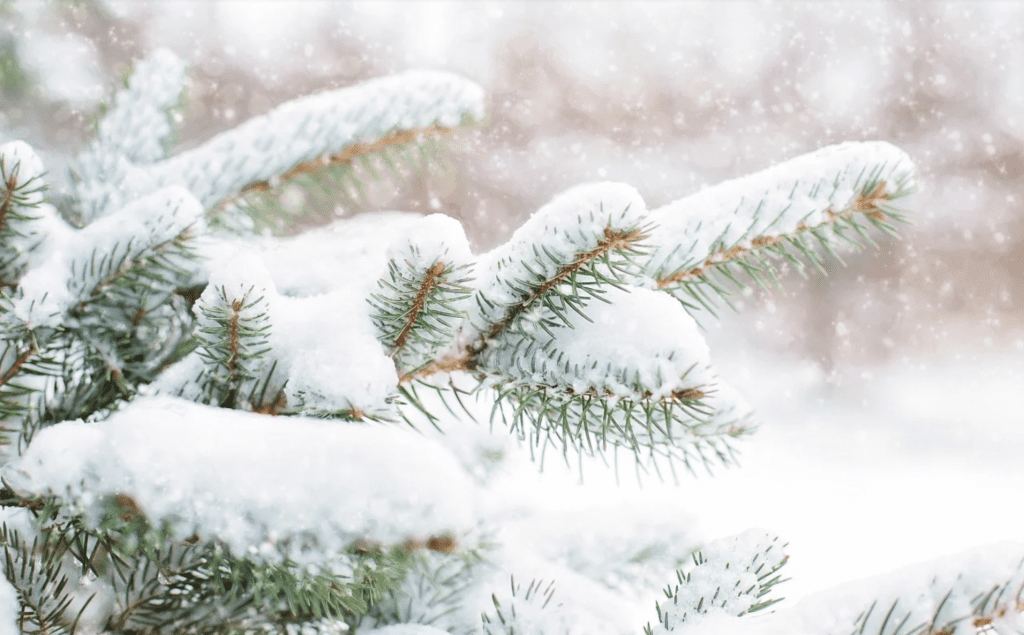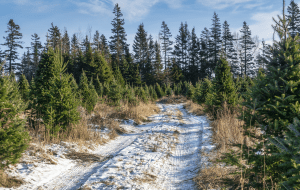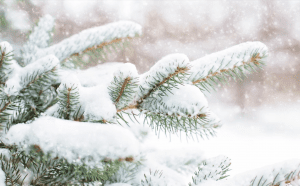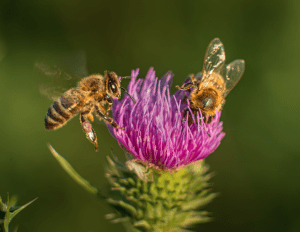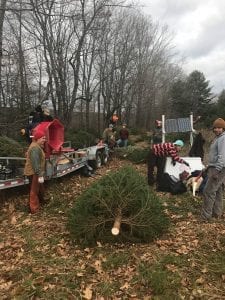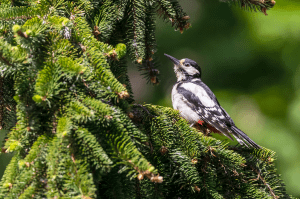Greetings from the Christmas Tree Capital of the World to you! It’s the middle of December once again, and the countdown to Christmas is on! The sugar cookies are in the oven, carols are being sung, and memories are in the making.
What about the tree?!
Do you have a festive evergreen adorning your living room yet? This time of the year wouldn’t be the same for many without a tree decked out with lights, tinsel, and other ornaments. Some of those decorations surely have special meaning to you, and your children, or maybe are even heirlooms, which have been passed down through multiple generations of your family.
The tree is always a special part of the celebration. If you got a real Christmas tree this year, do you know where it was grown or how it got to you?
According to the National Christmas Tree Association, somewhere between 25 and 30 million Christmas trees are sold in the United States each holiday season! That’s a lot of trees, grown on vast acres of land across North America, which are nurtured and harvested by many farmers.
In Lunenburg County of Nova Scotia, Canada, Balsam fir trees decorate the natural landscape all year long. After all, that’s precisely what one would expect of a place known as the “Christmas Tree Capital of the World.”
This past week, I had the pleasure of talking to Mike Harlow, Christmas tree farmer and vice chairman of the All Nova Scotia Greens Christmas Tree Co-Op Ltd. Based out of New Germany, Nova Scotia, with 21 grower members, this cooperative specializes in selling wholesale Christmas trees to retailers both domestically and internationally.

The All Nova Scotia Greens Christmas Tree Co-op came into existence out of hardship. From 1992 until around 2007, many Christmas tree growers in Nova Scotia left the industry and sold their farms due to economic issues.
“In March of 2008 at the Lunenburg County Christmas Tree Producers Associations (LCCTPA) spring meeting, the subject was presented, and a motion passed [instructing] the LCCTPA to investigate ways for growers to organize to sell their trees,” Mike explained. “As a result of the motion, the LCCTPA were obligated to take the lead role in advertising and hosting the first couple of meetings.”
As those next few meetings commenced, it became evident that any cooperative formed would have to be an entirely separate entity from the LCCTPA, due to the groups existing by-laws regarding marketing activities.
When choosing the board of directors, an emphasis was placed on having a representative from each region of the province that had growers involved. Since 2008, the All Nova Scotia Greens Christmas Tree Co-op has stayed in operation, experienced growth, and continues to seek opportunities for expansion.
Co-op members grow and sell Balsam fir trees exclusively. Nova Scotia offers ideal growing conditions for this variety of tree. Balsam firs boast many classic Christmas tree characteristics, including a lasting aroma, needles that are less likely to drop prematurely, and that lovely deep green color. It takes about ten years of growing time for a Balsam fir to reach a height of 6 or 7 feet. Talk about having to plan well and have patience!

Because they are a wholesale supplier, many of the trees must travel long distances and be harvested and shipped well in advance of Christmas to meet customer demand. For example, if a retailer in the United States needs trees by Thanksgiving, those plants could have been harvested back in late October. To help ensure the best “shelf life” and a tree that still looks presentable on December 25th, specific protective measures are taken post-harvest.
Within a few days of being cut down, usually between 2-4 days, trees begin their journey to their respective buyers. The co-op ships trees both over the road and by sea, depending on where they need to go.
But before the trees leave, they are first sorted out and graded. There are three grading categories into which a Christmas tree can fall into- #1, #2, or #3. The higher the quality of the tree, taking into consideration things like shape and branch density, the better the grade.
A #1 tree commands the highest price and must be shaped well all around and have at least 80% density. A #2 tree has a minimum of 60% density and often has a hole or is less desirable in shape on one side. A #3 graded tree is of the lowest quality, which has only 40-60% density, and up to one side of the tree can be considered poor in shape. For more on tree grading and graphic examples of each grade, click here.
This grading system sounds simple. Still, interestingly enough in Mike’s experience, it contributes to some of what he says are some of the biggest challenges in the wholesale Christmas tree industry.
“One of the challenges as a producer selling into the wholesale market is the consistency of the grade,” He stated. “Grading a tree can be very subjective. Not every tree is a #1 tree, within the grade there can be a tree that represents the grade very good, but not strong enough to be moved up to the next grade. ”
This might be an issue for marketing purposes, but if you’re a fan of real Christmas trees, don’t you think that the uniqueness of each tree adds something extra special to the whole deal? I think so, and it’s terrific to appreciate natural beauty! I am also thankful for the years of hard work and dedication that Christmas tree farmers put in to bring us these beloved icons of the holiday season.
As for the Nova Scotia Greens Christmas Tree Co-Op Ltd, they are hopeful for many more Christmas seasons to come, supplying trees to happy customers around the world. They are open new having new growers join them, and are also currently looking at tapping into new markets globally, such as possibilities in Asia.
If you are would like more information about the co-op or have business inquiries/questions, please reach out to them here.
Many thanks to Mike Harlow for contributing this post. It has been adapted from a post co-written by Mike and Kim Buddington for the Iowa press.
Posted bsweetpeaseveningagnewsPosted in

